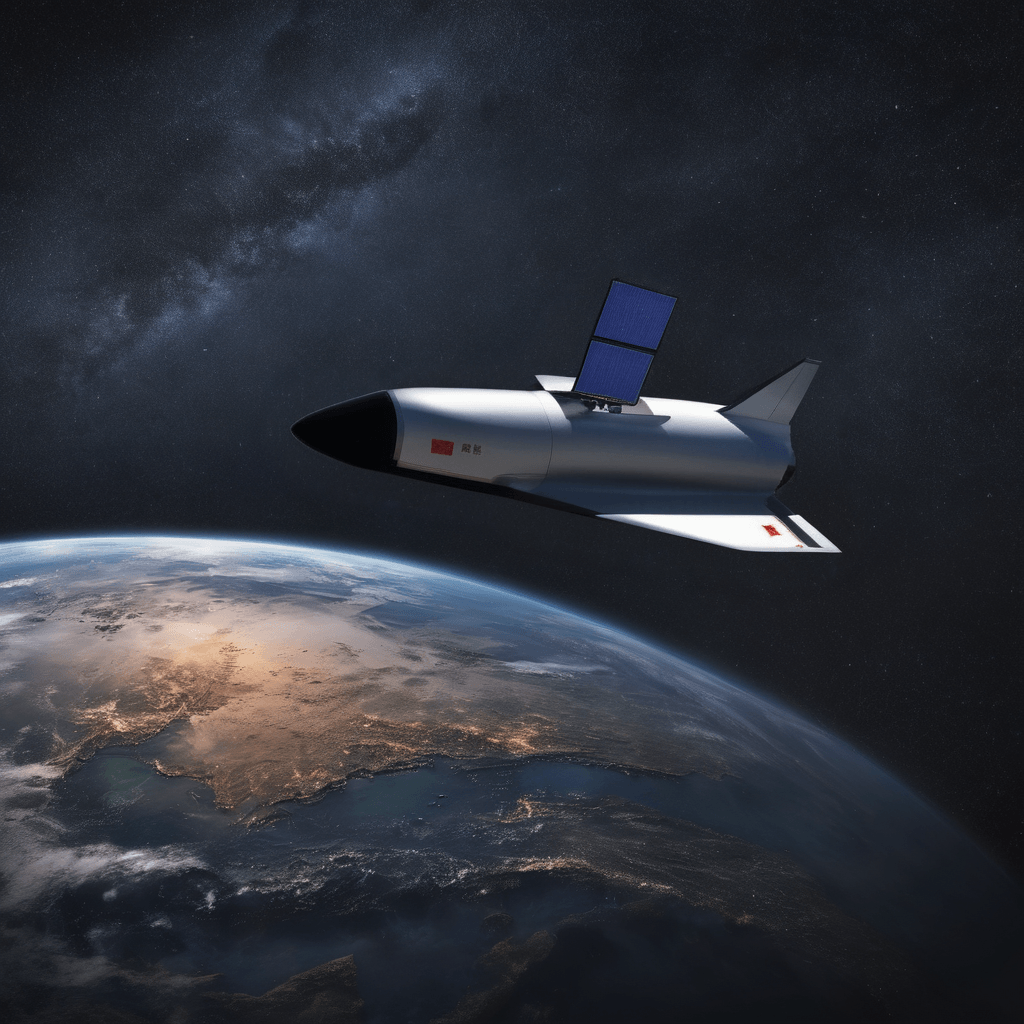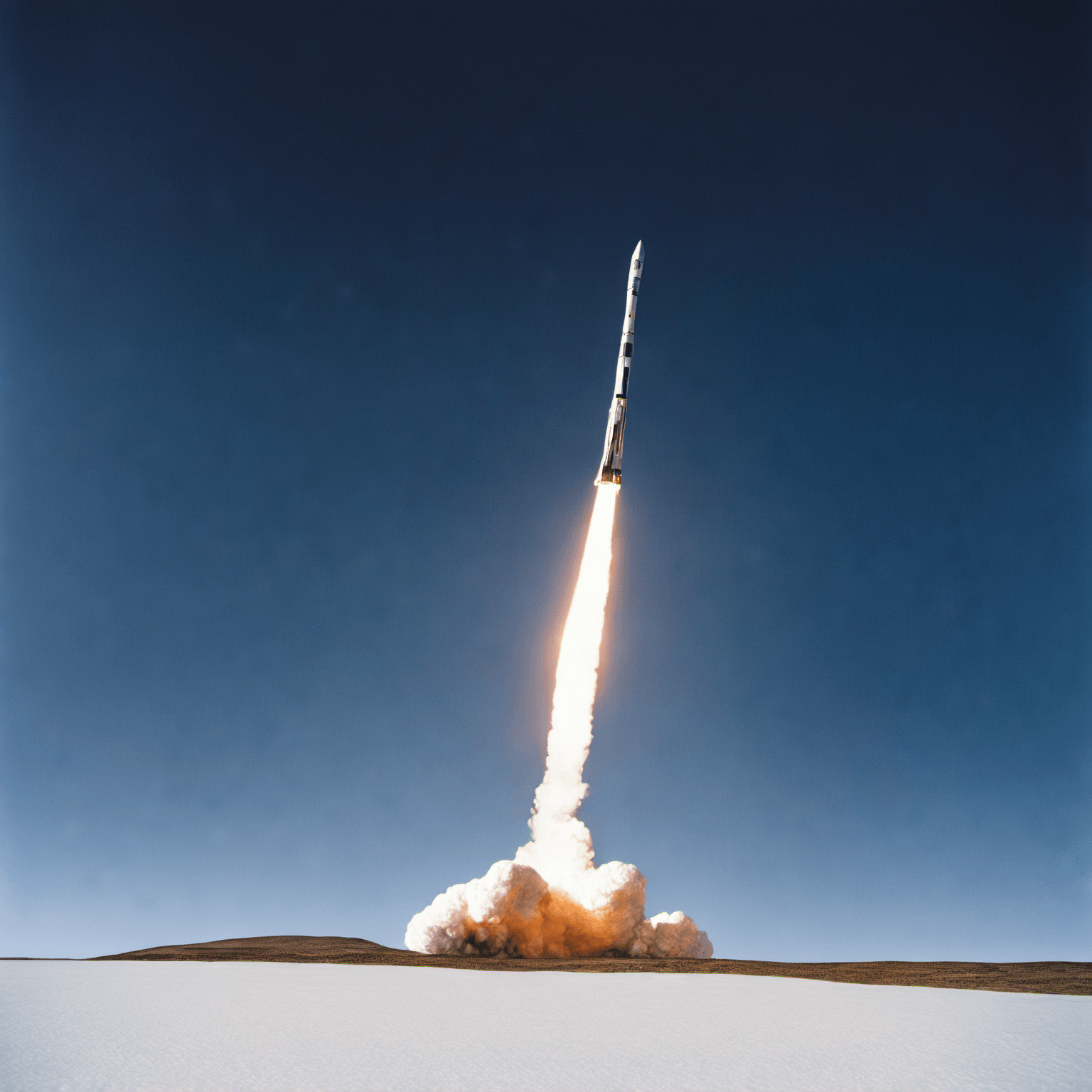· deep dive · 8 min read
Demystifying the USSPACECOM Two-Line Element Set Format
Discover the history and significance of Two-Line Element Sets (TLEs) in satellite tracking. Dive into their components, applications, and how they are evolving to meet future space challenges.

Two-Line Element Sets (TLEs) form the cornerstone of satellite tracking. They’re the lifeblood for anyone needing to understand, predict, and visualize the trajectories of satellites orbiting Earth. Tles provide a compact but comprehensive snapshot of a satellite’s orbital parameters.
Understanding the Basics of TLEs
A TLE typically contains two lines of data, with an optional header:
- Line 0: Satellite name (optional)
- Line 1: Orbital elements and metadata
- Line 2: Additional orbital elements
These lines encapsulate all the essential parameters required for plotting a satellite’s position over time. When all three lines are present, the TLE is referred to as a “three-line element set.”
A Historical Dive into Satellite Tracking
Humans have always looked upward and analyzed the motion of the stars. However, the modern Space Age introduced satellites into the orbital mix, necessitating new methods of tracking these swift celestial objects.
From Sputnik to Advanced Satellite Tracking
The inception of the Space Age, marked by the launch of Sputnik 1 in 1957, brought with it the challenge of tracking artificial satellites. Initially, satellites were monitored using visual observations and radar. NORAD (North American Aerospace Defense Command) began its tracking operations with these pioneering satellites.
The lifespan of early satellites was limited and within a few months they would reenter the earth’s atmosphere and burn up. However, as technology progressed, satellites began to operate for years. This longevity demanded accurate, long-term data for cataloging and monitoring orbital objects. By the 1960s, technology giants like IBM introduced mainframe computers to determine orbits, marking the end of manual calculations for satellite orbits.
Mathematical Models and TLEs’ Genesis
In the mid-1960s, Max Lane pioneered mathematical models designed to predict satellite positions using minimal data. Lane’s initial research focused on the Analytical Drag Theory, which highlighted drag effects from a non-rotating, spherically symmetric atmosphere. Collaborating with K. Cranford, Lane refined this model, integrating harmonic effects influenced by Earth-Moon-Sun interactions. By the 1970s, these models became the standard for both the military and NASA.
The success of Lane’s models gave birth to the TLE format. The early TLEs were designed for punch cards, with two key formats. One was comprehensive, using three cards, and the other, more streamlined, using two cards. The latter became the preferred choice for updating databases. Cranford further refined the TLE format, significantly influencing the Spacetrack Report series by Lane. The third report in this series solidified the SGP4 model as an industry standard, providing its FORTRAN source code.
Delving Deeper into the Components of TLEs
Satellite Catalog Number
Every object launched into space gets a unique identifier assigned by USSPACECOM. This five-digit number spans from 00001 to 99999. A recent adaptation, Alpha-5, expanded this range to encompass 339,999 objects. The first digit in this scheme is encoded as a letter.
Only capital letters and numbers are used in Alpha-5. The letters “I” and “O” are omitted to avoid confusion with the numbers “1” and “0”
| Letter | Value | Letter | Value | Letter | Value |
|---|---|---|---|---|---|
| A | 10 | J | 18 | S | 26 |
| B | 11 | K | 19 | T | 27 |
| C | 12 | L | 20 | U | 28 |
| D | 13 | M | 21 | V | 29 |
| E | 14 | N | 22 | W | 30 |
| F | 15 | P | 23 | X | 31 |
| G | 16 | Q | 24 | Y | 32 |
| H | 17 | R | 25 | Z | 33 |
Example:
25544: Standard catalog number
A2554: Alpha-5 encoded number for 102554
F2554: Alpha-5 encoded number for 152554
U2554: Alpha-5 encoded number for 282554
Catalog numbers are sequential. Lower numbers denote older satellites, while higher ones indicate recent launches or newly identified space debris.
Classification
Each TLE carries a classification: either “U” for unclassified or “S” for secret classified objects. Public data sets always carry the “U” classification.
International Designator
This identifier connects a satellite’s catalog number to its launch event. The format is YYNNNP:
- YY: Last two digits of the launch year
- NNN: Launch number for that year
- P: Launch piece (from A to ZZZ)
98012A: the 12th launch in 1998, piece A
Epoch
The epoch offers a timestamp, revealing when the orbital data was recorded. It combines the year (two digits) and the day of the year (decimal).
08001.50000: equates to 12hrs UTC on January 1st, 2008
Inclination
The inclination represents the tilt of the satellite’s orbit concerning Earth’s equator. It defines the angle between the orbital plane and the equatorial plane. A satellite with a 0-degree inclination would orbit directly above the equator, while a satellite with a 90-degree inclination would move over the poles.
Right Ascension of Ascending Node (RAAN)
RAAN specifies the orientation of the orbit. To visualize this, imagine the intersection points where the satellite crosses the equatorial plane. The ascending node is the point where the satellite moves from the southern hemisphere to the northern hemisphere. RAAN is the angle between the vernal equinox (a reference direction in space) and this ascending node.
Eccentricity
Eccentricity provides a measure of the shape of the satellite’s orbit, helping determine how much it deviates from a perfect circle. An orbit with an eccentricity of 0 is circular, while an orbit with an eccentricity close to 1 is highly elliptical.
Argument of Perigee
This element represents the orientation of the orbit’s closest point to Earth (perigee) relative to the ascending node. Essentially, it’s an angle that indicates where the satellite is closest to Earth in its orbit.
Mean Anomaly
The mean anomaly is a measure of the satellite’s position along its orbit. It defines where the satellite is in its elliptical orbit around Earth at the epoch time, specified in the TLE.
Mean Motion
Mean motion indicates the number of orbits the satellite completes in one day. It provides an average rate at which the satellite revolves around Earth.
Geostationary (GEO) satellites have a mean motion of 1.0027 orbits per day. Medium Earth Orbit (MEO) satellites have a mean motion of around 11.25 orbits per day. Low Earth Orbit (LEO) satellites have a mean motion of around 14.2 orbits per day.
First and Second Derivatives of the Mean Motion
These derivatives indicate the rate of change and acceleration of the satellite’s mean motion, respectively. They can help in predicting the future state of the satellite’s orbit, especially if the orbit is affected by drag or other perturbing forces.
Checksum
Lastly, the checksum is crucial for ensuring the integrity of TLE data. This element ensures that the data hasn’t been tampered with or corrupted, providing a way to detect errors.
TLE Applications: From Science to Enthusiast Tracking
TLEs underpin several applications, including:
- Satellite Operations Planning: Crucial for satellite owners to manage daily operations.
- Space Situational Awareness: Governments and militaries rely on TLE data for space domain awareness.
- Scientific Observation: Astronomers use TLEs to coordinate Earth and space observations.
- Engineering Analysis: TLEs offer insights for both launch and on-orbit operations.
- Enthusiast Tracking: Amateur satellite observers worldwide use TLEs to track and observe various space objects.
Finding and Using Updated TLEs
To maintain accuracy, always opt for the most recent TLEs. Some reliable sources include:
- Space-Track.org – Offers daily updated USSPACECOM TLEs.
- Celestrak.org – Features curated lists categorized by satellite type and origin.
Using Libraries for Parsing and Propagation of TLEs
Understanding the position of a satellite at a specific moment, especially a future moment, requires the parsing of TLEs and the propagation based on those elements. Various software tools and libraries offer these capabilities:
- python-sgp4: A Python library, python-sgp4 can parse TLEs and use the SGP4 algorithm to propagate the satellite’s position and velocity based on the TLE data.
- ootk: Standing for “Orbital Operations Toolkit,” ootk is a TypeScript library. It supports both TLE parsing and propagation to forecast a satellite’s position at a given time.
- Orekit: This Java-based library offers a wide array of space flight dynamics capabilities, including parsing TLEs and propagating satellite positions.
Leveraging these tools, one can effectively predict where a satellite will be in its orbit at any given time based on its TLE data.
TLE Limitations
The enduring relevance of TLEs is a testament to their adaptability and specificity. However, as the space industry evolves, TLEs are beginning to show their age.
The Need for More Numbers and More Precision
With satellite numbers now exceeding 40,000, and the five-digit limitation of the current catalog system, new solutions are on the horizon. Some proposed changes include:
- Extended catalog numbers with more digits.
- Advanced alphanumeric systems, building upon the Alpha-5 concept.
- Globally unique IDs mapped to each catalog number.
Moreover, newer spacecraft broadcasting signals like GPS demand even higher precision tracking. This could involve more decimal points in the data or a shift to higher bit-depth fields.
Time to Retire
The TLE format has served the space community well for over 50 years. However, the bandwidth limitations of the 1970s are no longer a concern. Continuing to use the TLE format is a disservice to the space community, as it limits the amount of data that can be transmitted and forces users to fit a square peg into a round hole.
space-track.org encourages users to switch to a more extensible format, such as XML, KVN, or JSON. These formats handle the ever-increasing size of the catalog, regardless of object number size.
Cis-Lunar Space
The TLE format was designed for Earth-orbiting satellites. However, with the rise of space exploration, the need to track objects beyond Earth’s orbit is growing. This includes the Moon, Mars, and other celestial bodies. The TLE format and SGP4 is not suitable for these objects, as it relies on Earth as the central body. New models and formats are required to track objects in cis-lunar space.
Summary
For over 50 years, TLEs have played a pivotal role in satellite tracking. Until legacy systems are retired, TLEs will continue to be the primary source of orbital data. However, with the rise of new technologies and the ever-growing satellite population, TLEs are at the end of their life cycle. New formats and models will be arriving soon to meet the challenges of tomorrow and welcome the next generation of satellite tracking.



